
OR
#OPINION
Navigating the Contested Geopolitical Turbulence
Published On: September 17, 2023 08:30 AM NPT By: Saurav Raj Pant
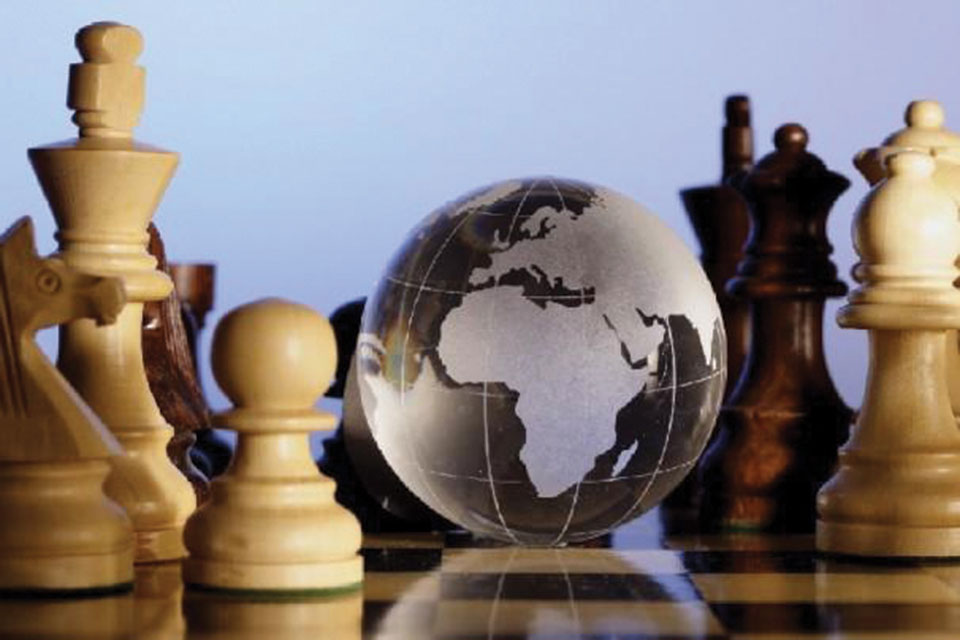
More from Author
One solution could be adjusting our foreign policy based on our larger interest that incorporates remittance-sending countries, including our development partners, by replacing our non-aligned foreign policy. This policy stems from the Cold War era and needs adjustment according to the present time, context, and situation.
In June 2023, Indian Prime Minister Narendra Modi paid a state visit to the US; which was regarded by many international relations pundits as ‘historic’ in terms of bringing closer ties between the US and India. Based on a statement issued by the White House, the visit resulted in building a strategic alliance, exchange of technological know-how with India, and convergence of values and interest between two of the world’s largest democracies. In short, both countries expressed willingness to work strategically, militarily, diplomatically backed up by technological innovation. The reading between the lines is that the US wants a reliable partner in South Asia to counter the Chinese dominance and India knew this quite clearly and used to its advantage its ‘strategic position’ of sharing its border with China and its booming diaspora in the US.
What is the meaning of such growing Indo-US ties for Nepal? This is something we need to discuss. Since, we have a larger than life integration with India-- such vital diplomatic engagement with the US by India definitely impacts Nepal too. For this, we need to understand the situation via five events that have shaken Nepal.
Events
First event: Let us get back to one year ago. As Nepalis, we already witnessed the rivalry between the US and China over the issue of ratification of the Millennium Challenge Corporation (MCC) in Nepal. During that period, both the US and China had openly ‘played against’ each other in Nepal with regards to the MCC project. From the US perspective, this MCC was a time-bound 5 years grant dedicated to Nepal’s infrastructural development and was provided to Nepal as per Nepal’s request. According to the interpretation of the Chinese, it is not a project but a strategy to ‘compromise’ the sovereignty of Nepal and in a larger sense to counter Chinese presence in Nepal. This MCC saga had even gone further and it was perceived that Nepal was ‘threatened’ diplomatically by one of the top diplomats of the US but was eventually denied by the US Embassy--about the possible review of Nepal-US ties, if Nepal fails to ratify the MCC from Parliament. As a result, Nepal wasn’t in a position to ‘bear’ the mammoth US pressure; which is the one and only global superpower and Nepal ultimately ratified the compact.
Second event: Nepal had signed a $215.96 million soft loan with Exim Bank of China in 2016 to build the Pokhara Regional International Airport (PRIA) at 2 percent interest per annum. As per the agreement, out of the total loan taken, 25% will be interest free. During the inauguration day of PRIA in December 2022, the Chinese Embassy Tweeted; Nepal surprisingly knew that the PRIA is the flagship of Belt Road Initiative (BRI). The Nepali side clarified that nothing was discussed during the construction of PRIA linking it with the BRI. So, this matter is still debated whether any agreement of such nature was signed between Nepal and China. This proves how one-sided push and pull can be observed over Nepal from a powerful neighbor.
Third event: Bhairahawa-based Gautam Buddha International Airport (GBIA) was inaugurated in May 2022 and was built by a Chinese contractor. During its inauguration, Indian Prime Minister Modi didn’t land at this airport. India is hesitant to provide any sort of ‘engagement’ in any ‘Chinese’ involved/funded project in Nepal. The GBIA has also fallen into the trap of ‘geopolitical’ collision between India and China. Air entry routes are vital to run these two airports which make the air service cheaper. Although India had provided an entry route from Mahendranagar for an altitude of 15,000 to 24,000 ft, it is not applicable for jets. During Prime Minister Pushpa Kamal Dahal’s visit to India in June 2023, an assurance was given by India to facilitate the international flights coming to the two new international airports. This shows that very ‘minor’ trouble by our giant neighbors could affect our endeavors of development and progress.
Fourth event: The matter of ‘geopolitical tension’ can also be seen in supplying explosives for hydropower projects in Nepal by India; if it has Chinese involvement in terms of funding/investment or contractor. For this, India has ask for ‘End User Certificate’ and this process was delayed for several months; halting the vital development projects of Nepal. Also, India is reluctant to buy ‘hydropower’ that has Chinese investment and contractors. For India, hydropower in Nepal is a matter of ‘strategic’ products rather than normal commodities.
Fifth event: China has sought Nepal to be a part of the Global Security Initiative (GSI) and Global Civilization Initiative (GCI). For this, even the president of Nepal and the chairman of National Assembly were ‘used’ to exert pressure on the Nepali side to become a member. However, the foreign ministry rejected Nepal’s involvement in any such groups. Further, Chinese Ambassador to Nepal claimed in his official Twitter (x) that the Dragon Boat Race held in Pokhara in June 2023 was part of the GCI. However, Nepal’s foreign ministry has openly stated that Nepal hasn’t become a member of any such groups. The one-sided claims from one of our powerful neighbors shows how serious are the geopolitical sensitivities in Nepal. One way or the other, both of our land-connected neighbors want to bring ‘Nepal’ under their sphere of influence. Taking a side to one hits the other enormously.
Way Forward
All of the aforementioned five events, including the newly released official map by China that depicts Nepal’s map without Limpiyadhura, Lipulekh, and Kalapani (implicitly supporting India's claim on Nepali border), prompt us to consider how to handle this geopolitical adventurism by our powerful neighbors, including our geographically distant friend, the US. Since the Modi-Biden meeting in June 2023 laid the foundation for their broader commitment in Asia, termed "countering Chinese aggression" today, the joint Indo-US strategic agreement will have a paramount impact on Nepal. In addition, our vulnerable status has constrained us to think no further than hand-to-mouth complexities. Managing such a contested geopolitical labyrinth is a daunting task for Nepal.
We are heading towards a situation where any event occurring in Nepal is labeled as either a part of Indian, American, or Chinese influence. The situation arising from all the five events mentioned above shows that we are compelled to choose between the Indo-American block and the Chinese block. This is because powerful countries tend to sway weaker nations to their side through multiple means, ranging from soft to hard power components. A major portion of the remittances comes from Indo-American lobby countries, forging socio-economic ties between Nepali society and those countries. Additionally, most development partners, namely the World Bank, International Monetary Fund, USAID, Asian Development Bank, JICA, and UKAID in Nepal, providing concessional loans (below 2%), belong to countries in the Indo-American block. However, the bigger dilemma as a state is that Nepal must balance India, China, and the US. Aligning all these powers on the same page with differing interests and priorities concerning Nepal and the globe is a Herculean task. Navigating such contested geopolitical turbulence is vital for Nepal’s survival.
Nepal can pursue different strategies to navigate such geopolitical turbulence. One solution could be adjusting our foreign policy based on our larger interest that incorporates remittance-sending countries, including our development partners, by replacing our non-aligned foreign policy. This policy stems from the Cold War era and needs adjustment according to the present time, context, and situation. Another solution is simply signing a non-aggression treaty with the three major powers, namely India, China, and the US, prohibiting attacks on Nepal in any form, be it diplomatic, military, economic, or politically troubling situations, including a possible clause that restricts the use of Nepali land to meet their vested interests. Are we capable of this? It is high time we began brainstorming about it.
You May Like This
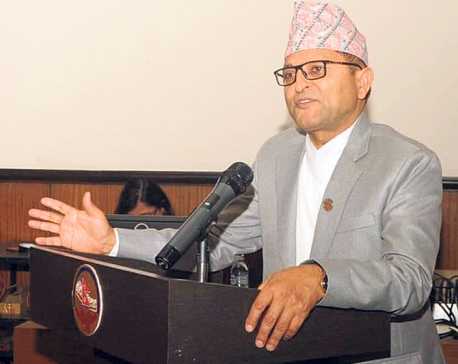
Change in foreign policy with change in govt is unfortunate: National Assembly Chair Timilsina
KATHMANDU, Jan 2: Chairman of the National Assembly Ganesh Prasad Timilsina has said that the change seen in the country’s... Read More...

Why Morals Matter in Foreign Policy
CAMBRIDGE – When I told a friend I had just written a book on morality and foreign policy, she quipped:... Read More...
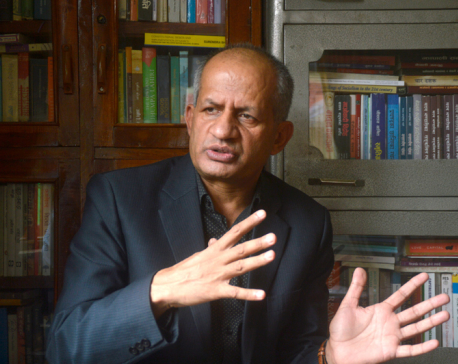
Foreign Minister insists on national dialogue to develop foreign policy
KATHMANDU, Jan 6: Minister for Foreign Affairs, Pradeep Kumar Gyawali, has spoken of the need of national dialogues to build the... Read More...


Just In
- 1,600 participants confirmed for Nepal Investment Summit
- Ilam-2 by-elections held peacefully, vote count likely to start tonight
- NEA schedules five-day power cut across Kathmandu Valley for underground cable installation
- Hundreds of passengers including foreign tourists in distress as poor visibility halts flights to and from PRIA
- Nepal clinches thrilling victory over West Indies 'A' in T20 cricket match
- Capital Market Struggle Committee stages protest demanding protection of domestic investors (Photo Feature)
- Captain Paudel scores half-century in T20 match against West Indies 'A'
- Nine youths from Tanahu allegedly joining Russian army out of family contact for months












-1200x560-wm_20240427144118.jpg)
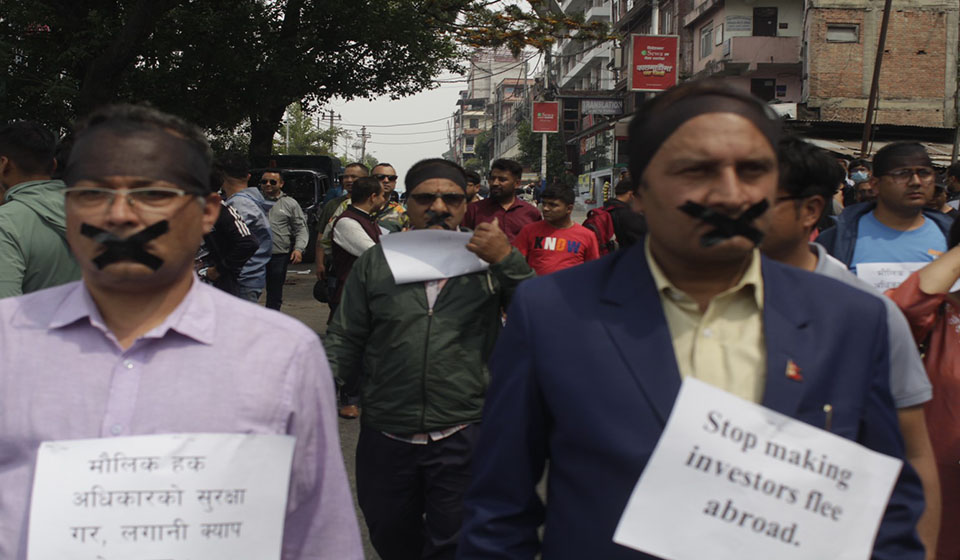

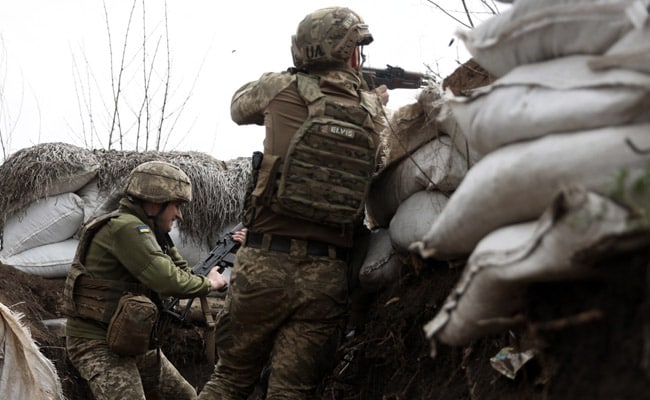
Leave A Comment